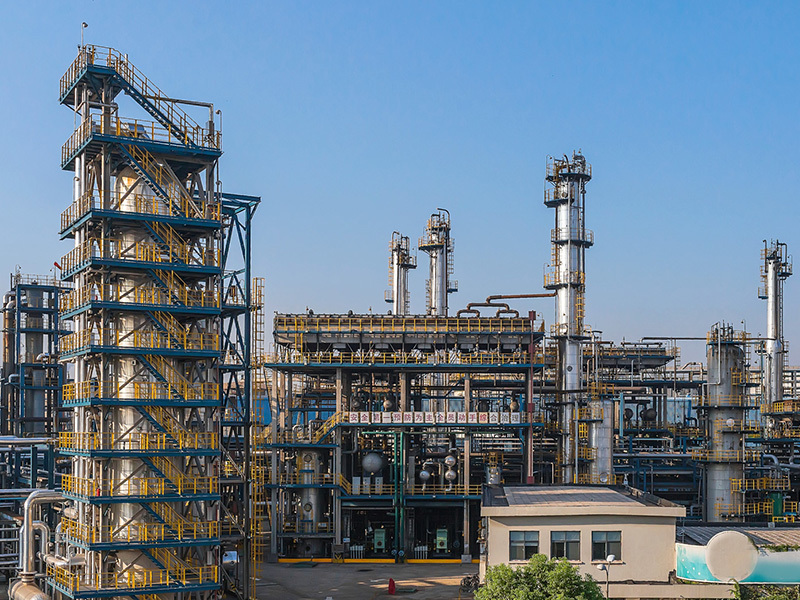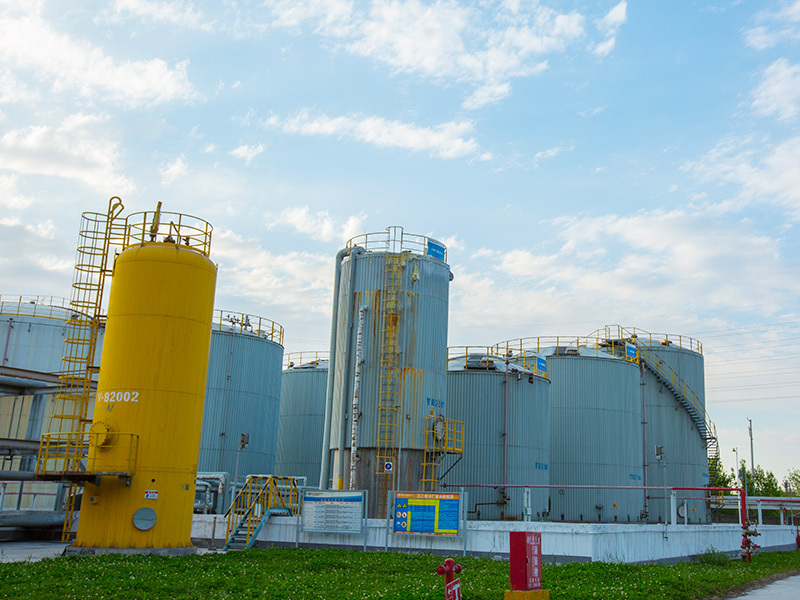Avoiding splicing at the r-point of the dish-shaped tube cap can prevent thinning and high stress.
Stainless Steel Grades: 304, 304L, 316, 316L, 321, 2520, 310, 317, and more. Nominal Diameters: DN15 to DN1200 Wall Thicknesses: SCH5 to SCH160 Standards: ASME, DIN, JIS, BS, GB/T, JB, SH, HG—specifically including: GB/T 12459-2017, GB/T 13401-2017, ASME B16.9, SH3408, SH3409, HG/T 21635, DL/T 695, SY/T 0510, DIN 2617. Applications: Water, beverages, beer, food processing, petrochemicals, nuclear power, machinery, medical equipment, fertilizers, shipbuilding, waterproofing systems, piping, and more. Packaging: Wooden crates or cardboard boxes. When applying dish-end caps, avoid splicing at the radius area, as this can lead to material thinning and high stress concentrations. During splicing, weld seams must be oriented either radially or circumferentially—this requirement may eventually be relaxed for larger-cap diameter applications. Additionally, there are specific spacing guidelines for splices: they should be positioned at least 3δ away from each other, with a minimum distance of 100 mm. (The weld heat-affected zone is inherently a region of high stress, and chemical composition loss occurs within this area. Therefore, it’s crucial to steer clear of these high-stress zones, as their extent depends on the material thickness. Based on practical experience, the recommended stress-relief length is greater than 3δ but no less than 100 mm.) However, this requirement is particularly challenging to meet in refrigeration equipment due to their unique design characteristics.
Stainless steel: 304, 304L, 316, 316L, 321, 2520, 310, 317, and other materials.
Nominal diameter: DN15–DN1200
Wall thickness: SCH5–SCH160
Standards: ASME, DIN, JIS, BS, GB/T, JB, SH, HG—specifically as follows: GB/T 12459–2017, GB/T 13401–2017, ASME B16.9, SH3408
SH3409, HG/T21635, DL/T695, SY/T0510, DIN2617
Applications: Water, beverages, beer, food, petrochemicals, nuclear power, machinery, medical equipment, fertilizers, shipbuilding, waterproofing, piping systems, and more
Packaging: Wooden crates, cardboard boxes
Avoiding splicing at the r-point of the dish-shaped tube cap can prevent thinning and reduce high stress.
When joining, weld seams must be oriented either radially or circumferentially. This requirement may be lifted for larger pipe caps in the future. Additionally, there are specific requirements for the distance between joints: it should exceed 3δ but not be less than 100 mm. (The heat-affected zone during welding is a high-stress area, and the chemical composition in this region can suffer burn-off. Therefore, it’s crucial to avoid this high-stress zone, as its extent depends on the material thickness. Based on practical experience, the stress-relief length typically needs to be greater than 3δ, while also ensuring it doesn’t fall below 100 mm.) However, refrigeration equipment often poses unique challenges in meeting these requirements due to their specialized design and operational conditions.
Keywords:
Previous post:
Related Blog
Introduction to Anti-Corrosion Steel Pipes
A 180° elbow is a metal pipe fitting used to change the direction of piping in carbon steel pipelines.
What are angled tees and angled crosses?
Both types of fittings optimize fluid dynamics performance and installation flexibility through angular design, making them an efficient alternative to traditional straight tees and crosses in modern piping systems.
Avoiding splicing at the r-point of the dish-shaped tube cap can prevent thinning and high stress.
Stainless Steel Grades: 304, 304L, 316, 316L, 321, 2520, 310, 317, and more. Nominal Diameters: DN15 to DN1200 Wall Thicknesses: SCH5 to SCH160 Standards: ASME, DIN, JIS, BS, GB/T, JB, SH, HG—specifically including: GB/T 12459-2017, GB/T 13401-2017, ASME B16.9, SH3408, SH3409, HG/T 21635, DL/T 695, SY/T 0510, DIN 2617. Applications: Water, beverages, beer, food processing, petrochemicals, nuclear power, machinery, medical equipment, fertilizers, shipbuilding, waterproofing systems, piping, and more. Packaging: Wooden crates or cardboard boxes. When applying dish-end caps, avoid splicing at the radius area, as this can lead to material thinning and high stress concentrations. During splicing, weld seams must be oriented either radially or circumferentially—this requirement may eventually be relaxed for larger-cap diameter applications. Additionally, there are specific spacing guidelines for splices: they should be positioned at least 3δ away from each other, with a minimum distance of 100 mm. (The weld heat-affected zone is inherently a region of high stress, and chemical composition loss occurs within this area. Therefore, it’s crucial to steer clear of these high-stress zones, as their extent depends on the material thickness. Based on practical experience, the recommended stress-relief length is greater than 3δ but no less than 100 mm.) However, this requirement is particularly challenging to meet in refrigeration equipment due to their unique design characteristics.








